What is “Dead Butt Syndrome”?


Do you sit a lot at work? Do you find yourself struggling to stand after sitting for prolonged periods? Does your balance feel off? If you answered yes to any, or all of these questions, and if you don’t exercise frequently, or target certain key areas such as the hips or glutes when you do exercise, you could be at risk for “dead butt syndrome”.
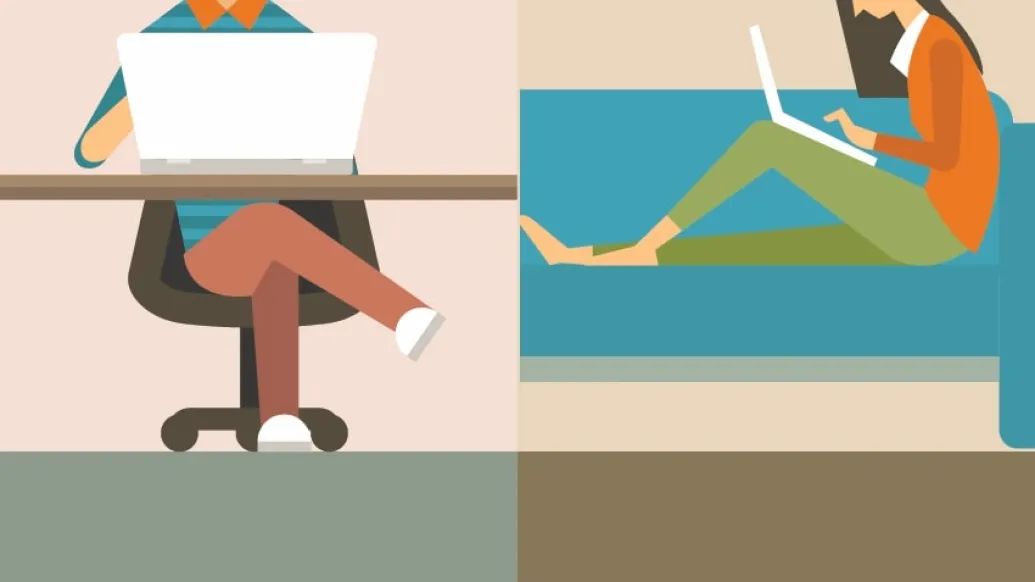

Author / Claire Li
UP Medical
What is “Dead Butt Syndrome”
Dead Butt Syndrome, also called Gluteal Amnesia, was first proposed by American physiotherapist Chris Kolba. Although it incorporates the word “dead”, it doesn’t mean that your butt has lost complete function, or is actually dead. The name ‘dead butt syndrome’ refers to the feeling you might get after not using your gluteal muscles. The brain ‘forgets’ how to activate these muscles, which means the central neural control of the gluteus is progressively reduced. When this happens, the glutes are unable to finish their original contraction when performing specific movements, which can lead to serious problems.
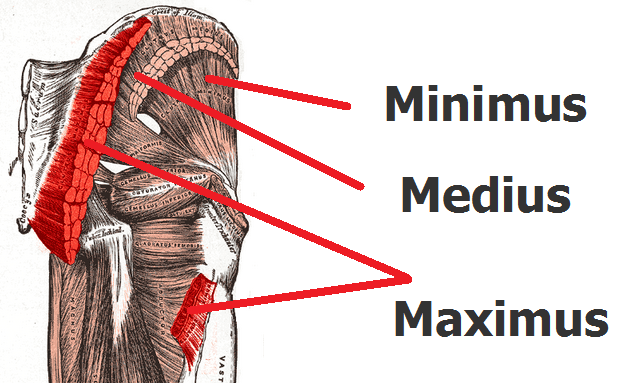
“Dead Butt Syndrome” Damage
While it might sound like a funny name, if occurring regularly, dead butt can often be a sign of something more serious, including:
01
Limitation in strength and range of motion of the hips
The gluteus muscle is directly attached to the hip joint, so inadequate activation of the gluteus muscle (especially the gluteus medius) directly affects the hip joint’s range of motion and strength. This affects the quality of daily lower limb activities such as walking, running, jumping, and climbing stairs, which require hip mobility and stability.
02
Lower back pain
One of the main functions of the glutes is to keep the body upright. If the glutes are not strong enough, the muscles around the lower back will compensate for the lack of strength, and in turn, bear too much pressure. This can cause lower back pain, postural abnormalities and even disc herniation, among other problems.
03
Pain in the knee & ankle joints
The glutes belong to the core muscles as they act as a connecter for the lower extremities to the body. When performing activities like running, jumping, and squatting, if the glutes can’t offer enough stability, it will affect the entire lower body force line. The pressure on the distal joints such as the knee and ankle will increase, resulting in pain and injury over time.
Test yourself to see if you have
“Dead Butt Syndrome”
Try to perform a single-leg bridge: Lie on a mat, with one foot pressed on the mat with the knee bent, and the other knee straightened and lifted. Lift the hips and try to maintain the hold for at least 10 seconds. Take notice of which muscles feel like they’re working. If you feel like it’s not the glutes but any other muscles engaging, that means you may already have “Dead Butt Syndrome”, since your body is starting to lose track of how to engage your glutes.
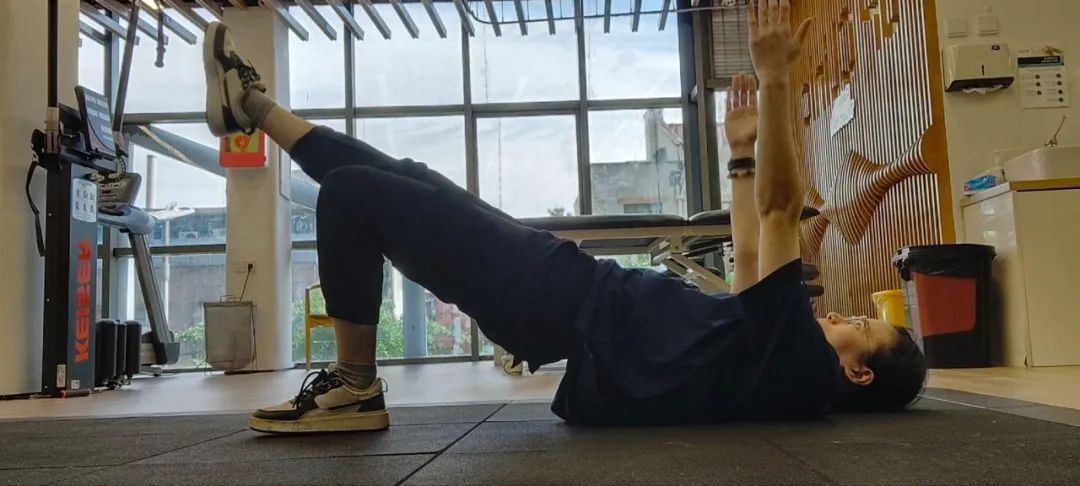
How to deal with “Dead Butt Syndrome”
Since “Dead Butt Syndrome” is just the glutes “forgetting” how to work, then through adequate physical therapy training, we can regain the muscle functions. Here are some exercises that can quite literally save your butts:
01
Hip range of motion exercise
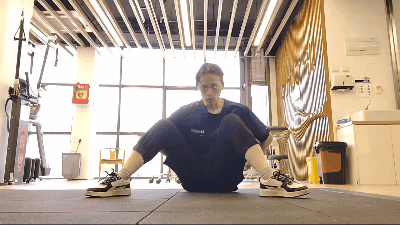
02
Glute medius activation
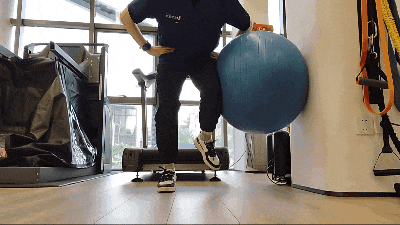
03
Hip endurance
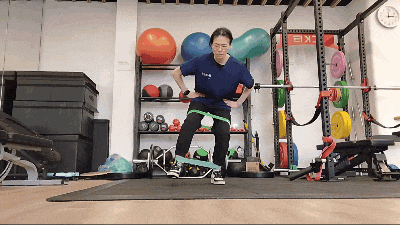
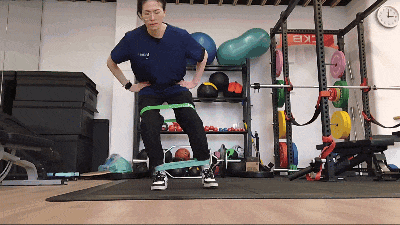
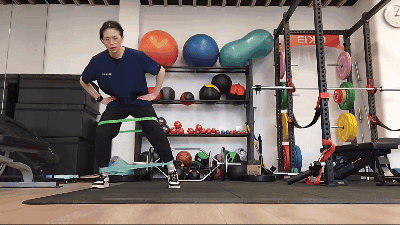
04
Lower body push
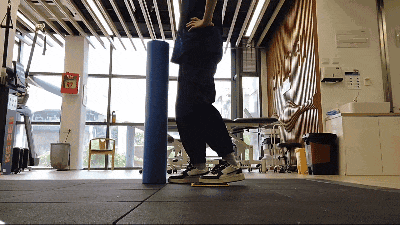
05
Lower body pull
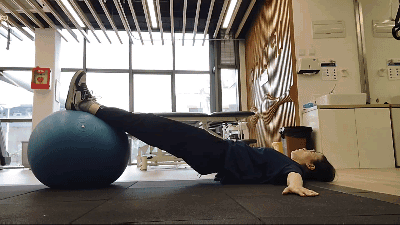
06
Core activation
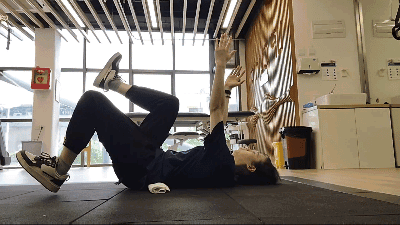
How to prevent “Dead Butt Syndrome”
The main cause of “dead butt syndrome” is sedentary inactivity, so the key to preventing it is to keep your body active. Try to avoid staying in the same position for too long, even if your daily work requires you to sit for a long time. Set a timer and try to get up and move for 10 minutes every half an hour to an hour to re-activate your muscles. You could even add in some band work from the videos above during those 10 minutes. Apart from getting up and moving, it’s even more important to incorporate targeted exercises and focused stretching to your routine in order to avoid a dead butt!

END

本篇文章來源于微信公衆号: 上海優複康複醫學門診部

